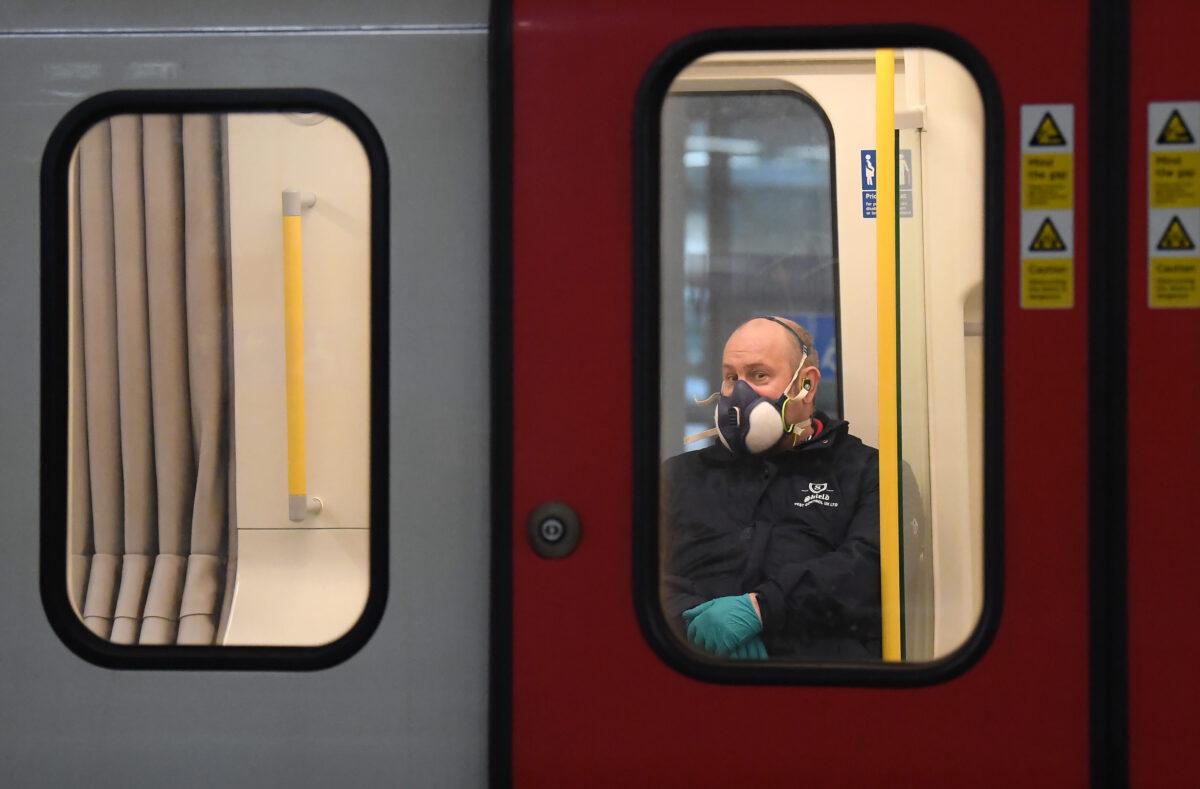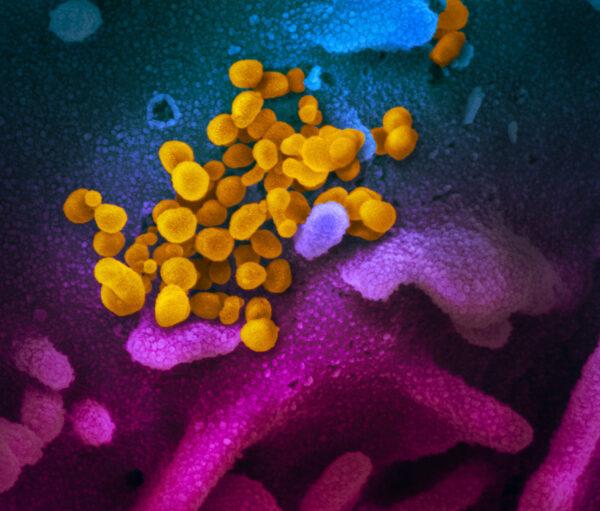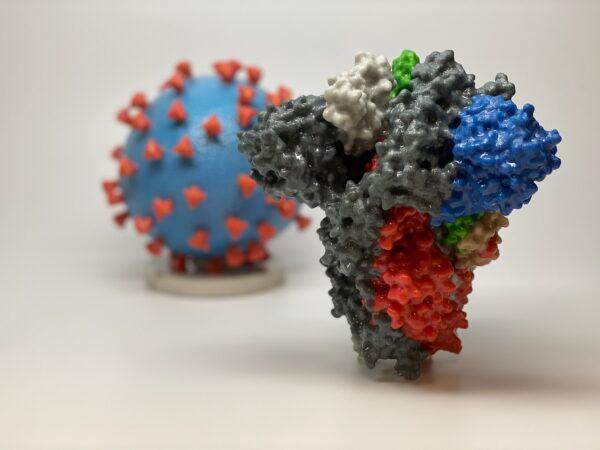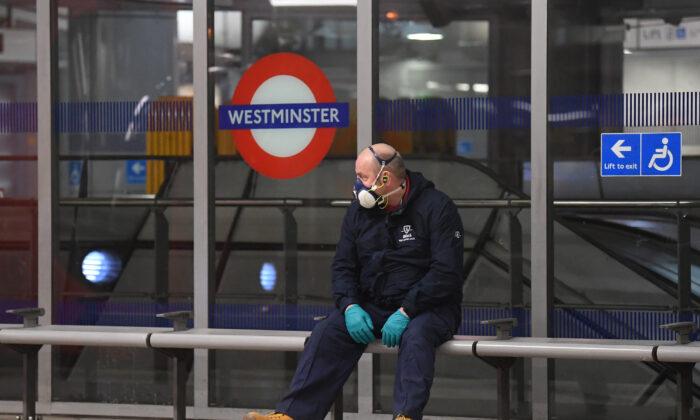If these preliminary results are borne out by widespread serological surveys of the population, this would mean that fewer than 1 in 1,000 people infected with the illness gets sick enough to need hospitalization. Confirmation of the conclusions of the study would support the notion that the initial “herd immunity” strategy of the British government may have been reasonable.
The modeling study, by a team led by Neil Ferguson, a professor of mathematical biology at Imperial College London, compared the potential impact of COVID-19 with the devastating flu outbreak of 1918. Ferguson’s team stated that with no mitigating measures at all, that outbreak could have caused more than half a million deaths in Britain and 2.2 million in the United States.

The new Oxford study, done by a team from Oxford’s Evolutionary Ecology of Infectious Disease Lab, isn’t final and is subject to updates, a disclaimer notes. It concludes there is an “immediate need for large-scale serological surveys to assess the stage of the SARS-CoV-2 epidemic.” Serological surveys test for the presence of antibodies in people who have developed immunity to the virus after coming into contact with it.
“We need immediately to begin large-scale serological surveys—antibody testing—to assess what stage of the epidemic we are in now,” Gupta told the Financial Times.
The Oxford team is working with researchers at the universities of Cambridge and Kent to verify their results and quickly move to antibody testing.

Less Reliance on Invasive Measures
While there has been considerable focus on COVID-19 testing, the ability to detect whether someone has already been infected is a key factor in fighting the pandemic.As of 9:46 a.m. ET on March 25, a Johns Hopkins tally indicated there were 8,317 confirmed cases of COVID-19 in the United Kingdom, with 434 deaths.

69 Drugs, Compounds Potentially Effective Against COVID-19
Separately, researchers have identified dozens of drugs and compounds, some experimental and others already approved by health authorities, that may be effective in combating the CCP virus.
Nearly 70 substances, including both drugs in clinical trials and those already approved by the Food and Drug Administration (FDA), as well as preclinical compounds, have the potential to impact the virus, the team found.
“Among these, we identify 66 druggable human proteins or host factors targeted by 69 existing FDA-approved drugs, drugs in clinical trials and/or preclinical compounds, that we are currently evaluating for efficacy in live SARS-CoV-2 infection assays,” the team wrote.
The fact that the human proteins, or host factors, are impacted by existing drugs and experimental compounds makes it more likely that “effective molecular targets” can be identified that could be hit by potential antiviral therapeutics based on these drugs or compounds.

President Donald Trump has referred to chloroquine optimistically in terms of potential effectiveness against the virus.
Chloroquine, or hydroxychloroquine, is approved by the FDA for treatment of malaria, lupus, and rheumatoid arthritis, but not for COVID-19.
Last week, the FDA approved chloroquine and remdesivir to treat patients with COVID-19 under the “compassionate use” framework.
This lets doctors use experimental treatments or medications that have been approved for other ailments to treat COVID-19 patients. Under this model, medical practitioners are required to share all patient information regarding administration of and response to the drug, thereby helping inform ongoing trials and regulatory initiatives.
Authorities caution against the use of non-approved drugs and reagents to treat medical conditions outside of clinical frameworks such as “compassionate use,” warning that unauthorized use may cause harm or death.






Friends Read Free